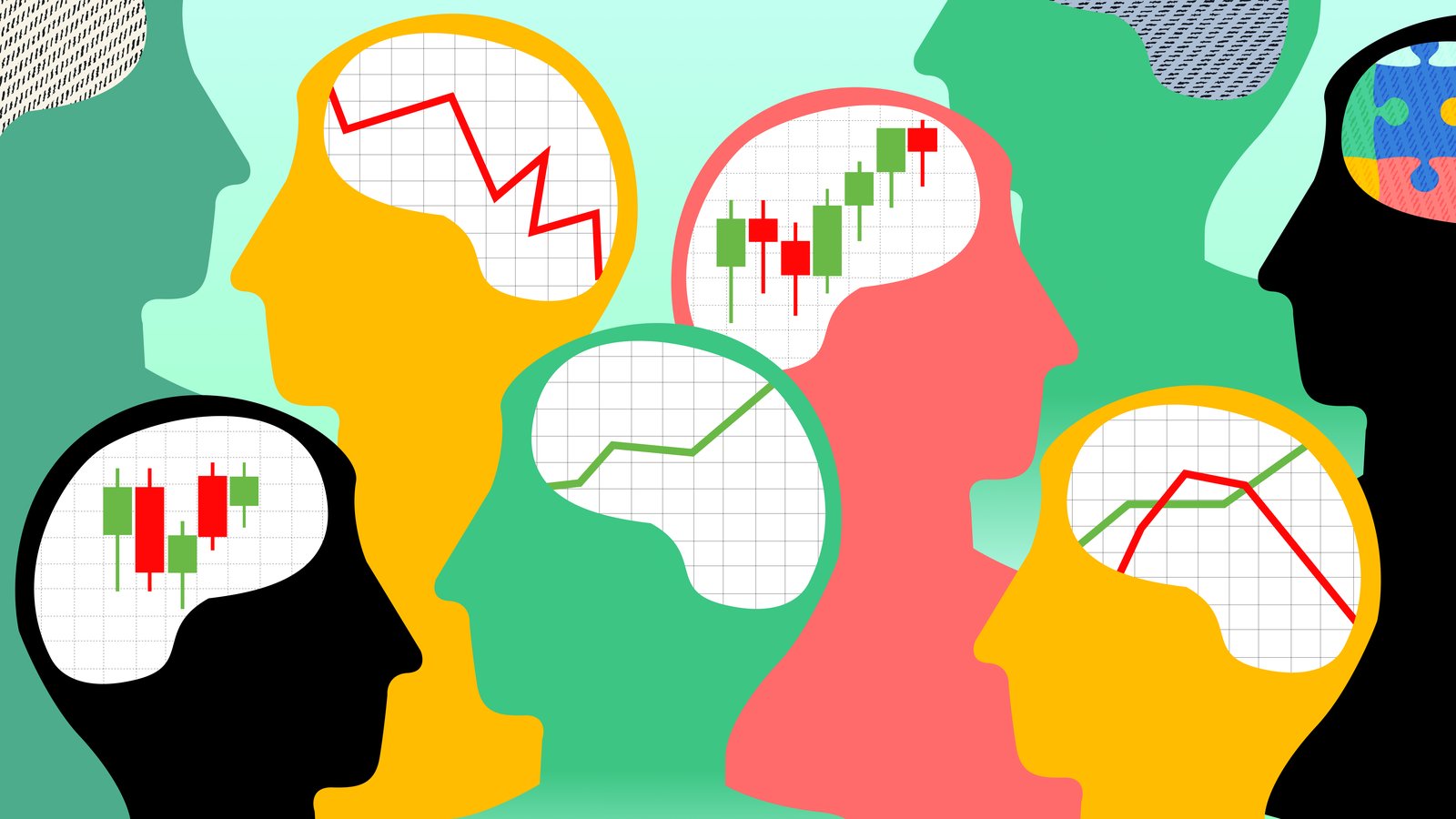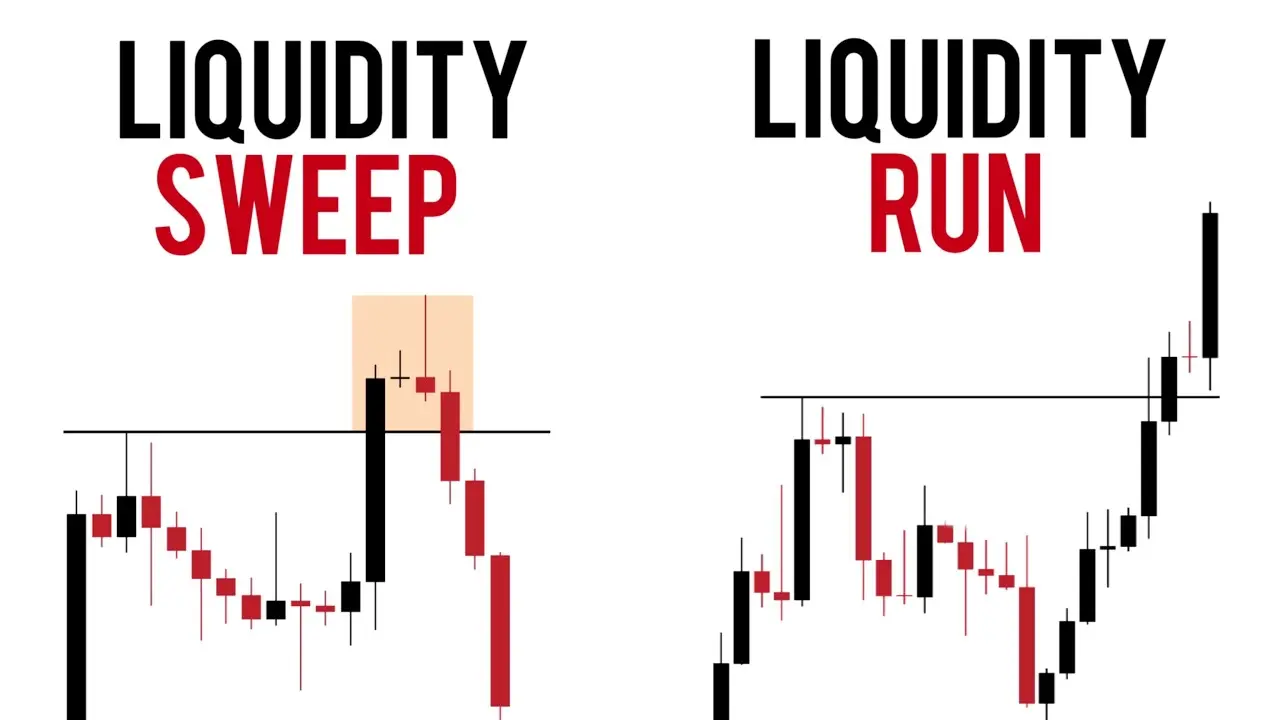In trading, charts and indicators often steal the spotlight, but the true battlefield lies within the trader’s mind. Every decision — from entering a position to closing a losing trade — is filtered through psychology. Understanding and mastering your own mental framework is the foundation upon which consistent performance is built.
1. The Hidden Force Behind Every Trade
Markets are driven by human behavior — fear, greed, hope, and regret. Even the most sophisticated algorithm can’t fully eliminate these emotions. A trader who ignores the psychological dimension will inevitably fall victim to it. When a position goes against you, the instinct to “hold a bit longer” stems from loss aversion — the human tendency to fear losses more than we value gains. Conversely, when profits appear early, greed convinces us to take them too soon, fearing they might vanish. Recognizing these impulses is the first step toward controlling them.
2. Cognitive Biases and Their Impact
Cognitive biases are mental shortcuts that distort rational thinking. They can sabotage decision-making in subtle but powerful ways:
- Confirmation bias: seeking only the data that supports your trade idea.
- Recency bias: overweighing recent wins or losses and ignoring long-term data.
- Overconfidence bias: believing your recent success guarantees future accuracy.
- Anchoring: becoming fixated on a specific price or level that has no real relevance.
Keeping a trading journal to note when and why these biases occur can dramatically increase self-awareness. Many professional traders credit their progress not to new strategies, but to understanding their mental triggers.
3. Emotional Regulation and State Management
Your mental state dictates how well you can execute your plan. Anxiety narrows focus, anger triggers revenge trading, and euphoria leads to overtrading.
To build emotional resilience:
- Define your rules before you trade. Don’t improvise under stress.
- Limit exposure. Smaller position sizes reduce emotional volatility.
- Take breaks. Trading fatigue is real — rest resets your objectivity.
- Use rituals. A pre-trading routine (breathing, stretching, journaling) primes the mind for discipline.
In the long run, mastering emotion is not about suppressing feelings but managing them intelligently.
-The Role of Confidence and Self-Image
Confidence is the quiet foundation of every professional trader. It comes not from “believing” but from evidence-based self-trust — knowing that your process has been tested and refined.
However, traders often tie their self-worth to their performance. A losing day doesn’t make you a bad trader; it simply reflects market conditions or probability distribution. Separating self-image from trade outcomes is essential for longevity.
Confidence should be built through process consistency, not P&L results.
-Flow State and Peak Performance
Many elite traders refer to moments of pure focus where trades feel effortless — this is the flow state. In this state, your skills perfectly match the challenge before you, and time seems to slow down.
To achieve it:
- Trade only when well-rested and emotionally neutral.
- Remove distractions and unnecessary information.
- Trade at the same times and with similar conditions to create psychological familiarity.
- Review each session objectively, reinforcing what worked and adjusting what didn’t.
Flow can’t be forced — it emerges naturally from preparation, structure, and presence.
6. Building Mental Toughness
Trading success isn’t about avoiding pain; it’s about managing it constructively.
Losing streaks, market shifts, and unexpected news will test your discipline. Mental toughness means staying grounded when emotions flare.
Practical steps:
- Keep risk per trade small enough to remain detached.
- Define a “stop trading” rule after a certain emotional threshold.
- Develop a recovery plan for drawdowns (review journal, reset expectations, focus on small wins).
Mental toughness is not rigidity — it’s adaptive resilience.
-Journaling: The Trader’s Psychological Mirror
A trading journal isn’t just for numbers. It’s a psychological mirror reflecting your inner patterns. Beyond recording entries and exits, note:
- Your emotional state before entering.
- The thoughts running during the trade.
- The feeling after closing (regret, relief, satisfaction).
Over time, these notes reveal your subconscious tendencies. Once you see them clearly, you can manage them consciously.
Journaling transforms trading from gambling into a process of self-discovery and mastery.
8. Detachment and Acceptance
Successful traders share one mindset: acceptance.They accept that losses are inevitable, that markets are unpredictable, and that perfection doesn’t exist. This acceptance leads to detachment — the ability to follow your plan without being emotionally consumed by outcomes.When you stop trying to control what cannot be controlled, you gain control over what truly matters: your behavior.
Conclusion
The best traders are not those who predict the market, but those who manage themselves within it.
Mastering psychology doesn’t guarantee profits — it guarantees consistency, and consistency is the only path to sustainability.
In trading, your greatest edge isn’t your strategy, indicator, or broker — it’s your mind.

.png)


